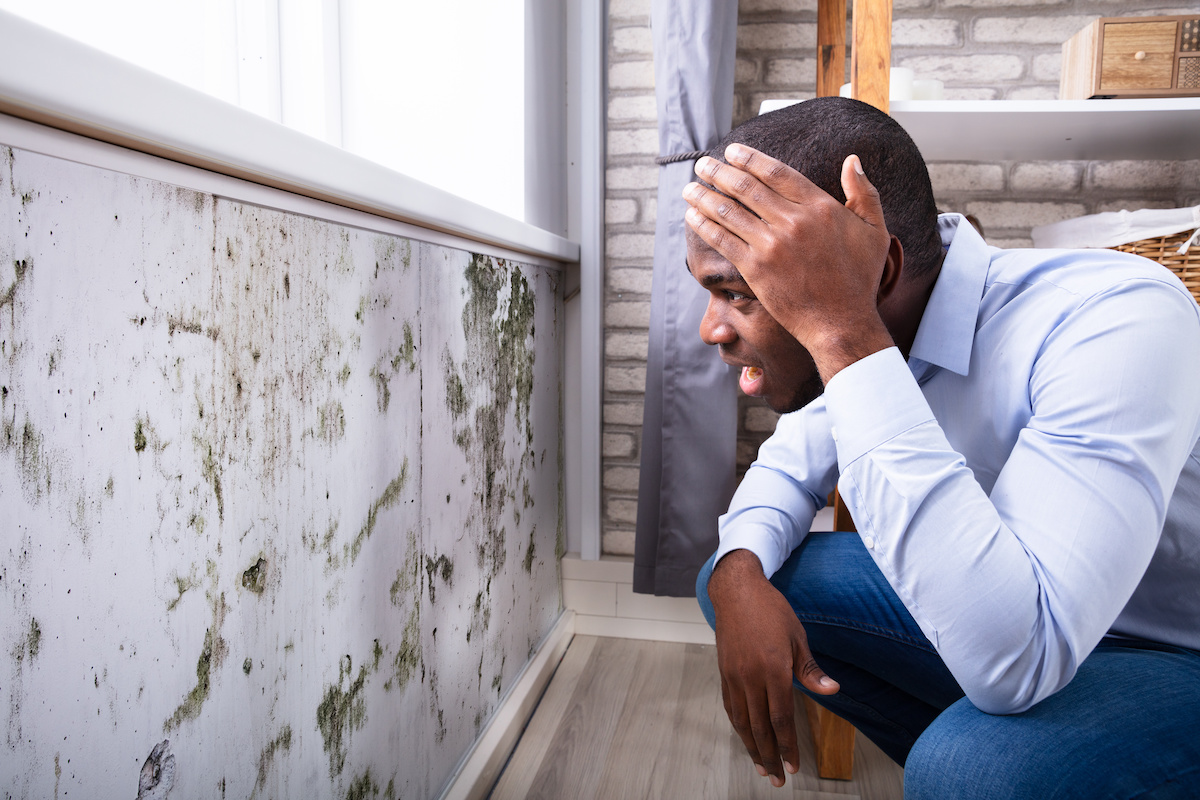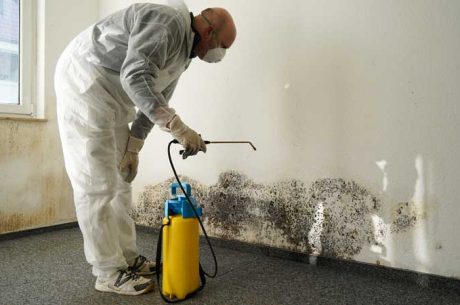Table of Contents
Mold is more than just an unsightly nuisance, it’s a silent threat to both your home and health. With climate patterns shifting, more frequent floods, and aging housing stock, mold is becoming a growing problem across the United States. In this data-driven post, we uncover the top 10 states in America most at risk of mold infestation and what you can do to protect your home and family.
Top 10 States with the Highest Mold Risk
Using a combination of climate data (humidity and rainfall), housing age, and insurance claim frequencies, we’ve ranked the most mold-prone states in the U.S.:
| Rank | State | Mold Risk Index | Avg Humidity | Annual Rainfall |
|---|---|---|---|---|
| 1 | Florida | 38.76 | ~73% | 54.6 in |
| 2 | Mississippi | 38.66 | ~72.5% | 59.4 in |
| 3 | Louisiana | 38.52 | ~74% | 60+ in |
| 4 | Alabama | 37.69 | ~71% | 57.9 in |
| 5 | Tennessee | 36.51 | ~69% | 54.2 in |
| 6 | Arkansas | 36.15 | ~68% | 49.6 in |
| 7 | Georgia | 35.73 | ~70% | 50.7 in |
| 8 | South Carolina | 35.50 | ~71% | 49.8 in |
| 9 | North Carolina | 35.20 | ~69% | 48.3 in |
| 10 | West Virginia | 35.16 | ~67% | 44.3 in |
These states consistently show high humidity and rainfall levels, two key contributors to mold growth. This list serves as a warning and guide for homeowners, property managers, and renters living in vulnerable zones.
City-Level Hotspots
While state-level data gives a broad picture, zooming into cities can offer more precise mold risk insights. Some of the most mold-affected cities in the country include:
- Fort Lauderdale, FL
- New Orleans, LA
- Orlando, FL
- Tampa, FL
- Miami, FL
These cities rank high due to their tropical climates, aging infrastructure, proximity to bodies of water, and frequency of storms or hurricanes. Flooding and poor drainage systems further elevate the risk. Local governments and homeowners should prioritize mold prevention and education efforts.
Why These States Are Mold Magnets
Several factors contribute to the high mold risk in the top 10 states:
- Consistent Humidity: Many southeastern states experience average relative humidity above 65%, which promotes mold growth year-round.
- Heavy Rainfall: States with frequent and intense rainfall are more susceptible to water intrusion in homes and buildings.
- Older Construction: Older homes often have outdated ventilation systems, damaged insulation, or foundational cracks that allow moisture to accumulate.
- Storm Vulnerability: States like Florida and Louisiana face annual hurricane seasons that result in storm surges, flooding, and roof damage.
Together, these conditions create ideal environments for mold spores to thrive and spread quickly.
Health and Financial Impact of Mold
Mold isn’t just a cosmetic problem—it’s a public health issue and a financial burden.
- Health Risks: Mold exposure can lead to serious health issues, especially for people with allergies, asthma, or weakened immune systems. Common symptoms include sneezing, wheezing, chronic sinus congestion, skin irritation, and even neurological effects with prolonged exposure to toxic mold. Source: CDC
- Children and the Elderly: These groups are particularly vulnerable. Schools and nursing homes in mold-prone areas need proactive mold prevention measures.
- Financial Damage: Beyond health, mold can devalue property. Homes with a history of mold issues may sell for less or become harder to insure.
- Insurance Claims: Thousands of mold-related insurance claims are filed each year in the U.S. Unfortunately, many homeowners discover too late that their policies do not cover mold unless specific conditions are met. Source: Insurance Information Institute
- Remediation Costs: Mold cleanup costs vary but average between $3,000 to $10,000. In severe cases, such as full-attic remediation or widespread structural damage, costs can soar beyond $30,000.
Insurance and Legal Considerations
Navigating mold-related insurance claims can be tricky. Here’s what homeowners should know:
- Insurance Gaps: Many policies exclude mold damage unless it results from a sudden event, like a burst pipe or storm. Gradual water damage is often not covered. Source: FEMA
- Legal Protections: Some states, like Florida, have statutes that protect homeowners from contractor negligence leading to mold. In rental properties, tenants may have legal rights to demand remediation.
- Federal Support: Homeowners affected by flood-related mold may qualify for assistance from FEMA, especially if living in disaster-declared areas.
- Policy Add-ons: Consider purchasing additional riders or endorsements to cover mold damage, especially if you live in a high-risk area.
How to Protect Your Home from Mold
Preventing mold is often easier and cheaper than removing it. Here are practical, data-supported steps you can take:
- Control Indoor Humidity: Use dehumidifiers and air conditioners to keep humidity levels below 60%. Aim for 30-50% for optimal safety. Source: EPA
- Fix Leaks Promptly: Inspect plumbing, roofing, and window seals regularly. Even small leaks can cause mold if left unchecked.
- Ventilate Properly: Ensure that kitchens, bathrooms, attics, and basements have adequate airflow. Use exhaust fans and consider moisture-resistant materials.
- Clean Gutters and Downspouts: Proper drainage prevents water buildup around your home’s foundation.
- Act Quickly After Water Damage: Water-affected areas should be dried within 24-48 hours to prevent mold formation.
- Conduct Regular Inspections: Especially after storms or during humid months.
Downloadable Resource: Brief Guide to Mold, Moisture and Your Home
Curious how your state compares? Download a free PDF on Brief Guide to Mold, Moisture and Your Home. This Guide provides information and guidance for homeowners and renters on how to clean up residential mold problems and how to prevent mold growth.
Share it with your neighborhood association, school, or community Facebook group to raise awareness.
Spread the Word
Is your state or city on this list? Mold is a preventable risk—but only if people know about it.
Share this post and tag your local news station, HOA, or city council. Let’s build safer, healthier homes together.
Sources: CDC, NOAA, EPA, Insurance Institute for Business & Home Safety, FEMA, State Climate Reports, Environmental Health Perspectives SEO for local business.




